What is houseplant root pruning? How to keep your plants from outgrowing their pots and your home
Plant experts explain what is houseplant root pruning and whether your plants need it asap
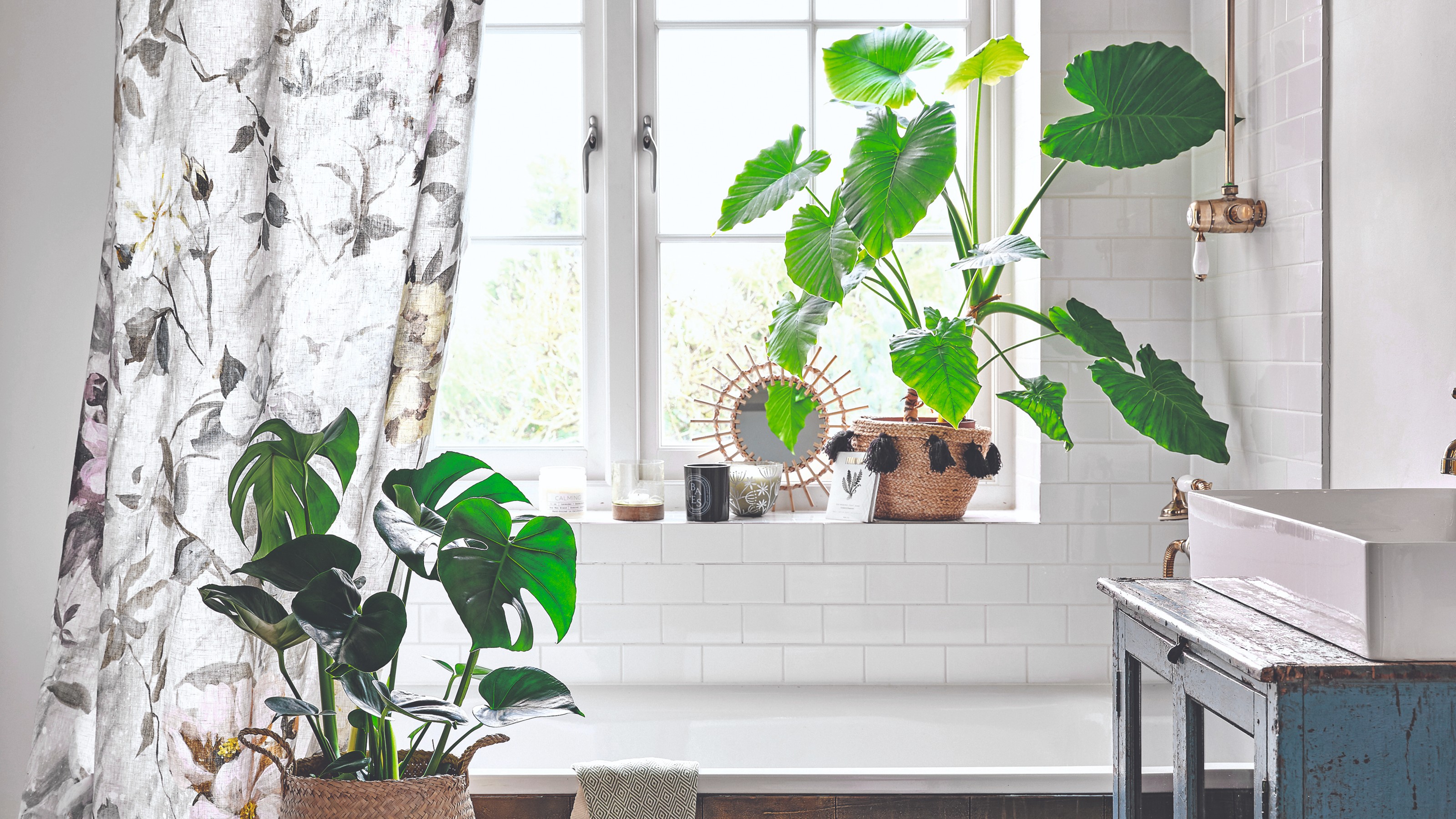
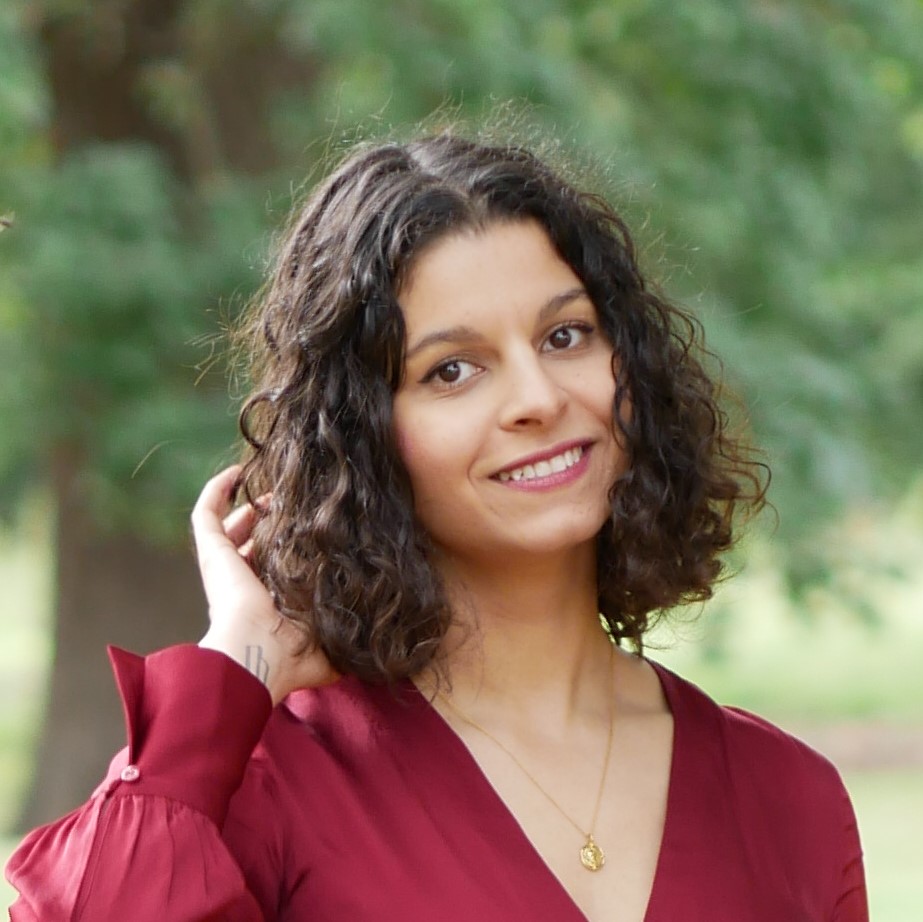
Are you fed up with constantly upgrading the size of your plant’s pot every time you’re repotting it? In all fairness, this is not much of an issue with smaller houseplants. But it becomes a problem with large varieties like monstera or alocasia, which could easily outgrow every pot you own and your home altogether. But there is something you can do to prevent that from happening – let us introduce you to houseplant root pruning.
What is houseplant root pruning, you might ask. In a nutshell, it’s a way to keep your best houseplant from becoming root-bound, or overgrown or to promote healthy root development. Or all of the above.
But to explain further, we’ve asked our plant experts to break down the practice of root pruning, how to do it and why it’s good for your plants. Or not.

What is houseplant root pruning?
Also known as root trimming, we first came across houseplant root pruning through a TikTok video by @mariahgrows showing her severely root-bound and overgrown monstera plant as the content creator slices through the bottom part of the root structure with a knife.
@mariahgrows Was it worth it? 🤔
♬ original sound - Mariah
Which got us curious about why she did that and whether it’s something experts would recommend, especially if you have some of the best fast-growing houseplants on your hands. And what it is that we had just witnessed to begin with.
‘Root pruning is an important part of houseplant maintenance that involves removing a portion of the roots to encourage new growth and promote better overall plant health,’ explains Petar Ivanov, Fantastic Gardeners' gardening and plant expert.
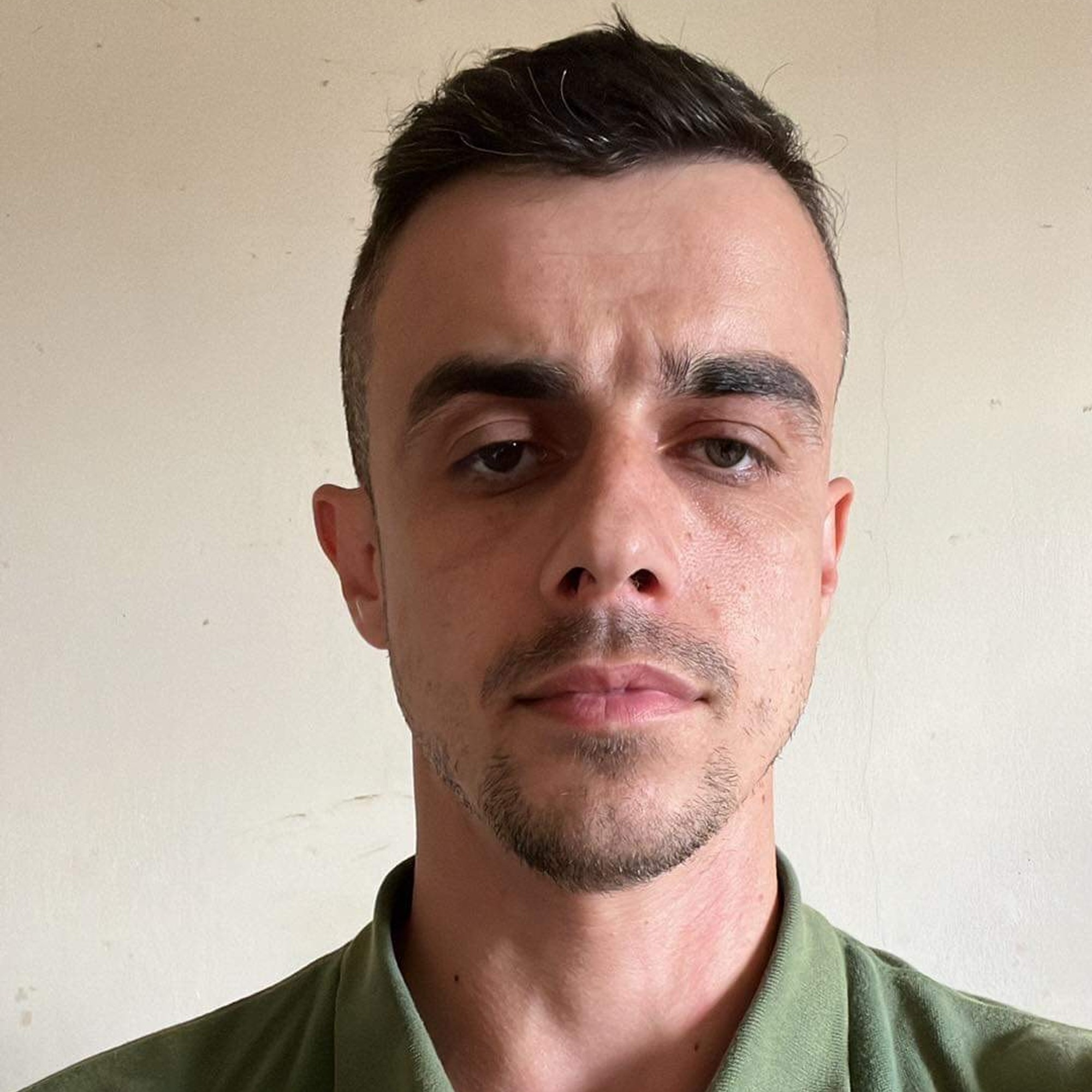
Petar Ivanov is one of the company's top-performing experts and manages over six teams of gardeners, delivering stunning landscape results and fostering a deep connection with nature through his work.
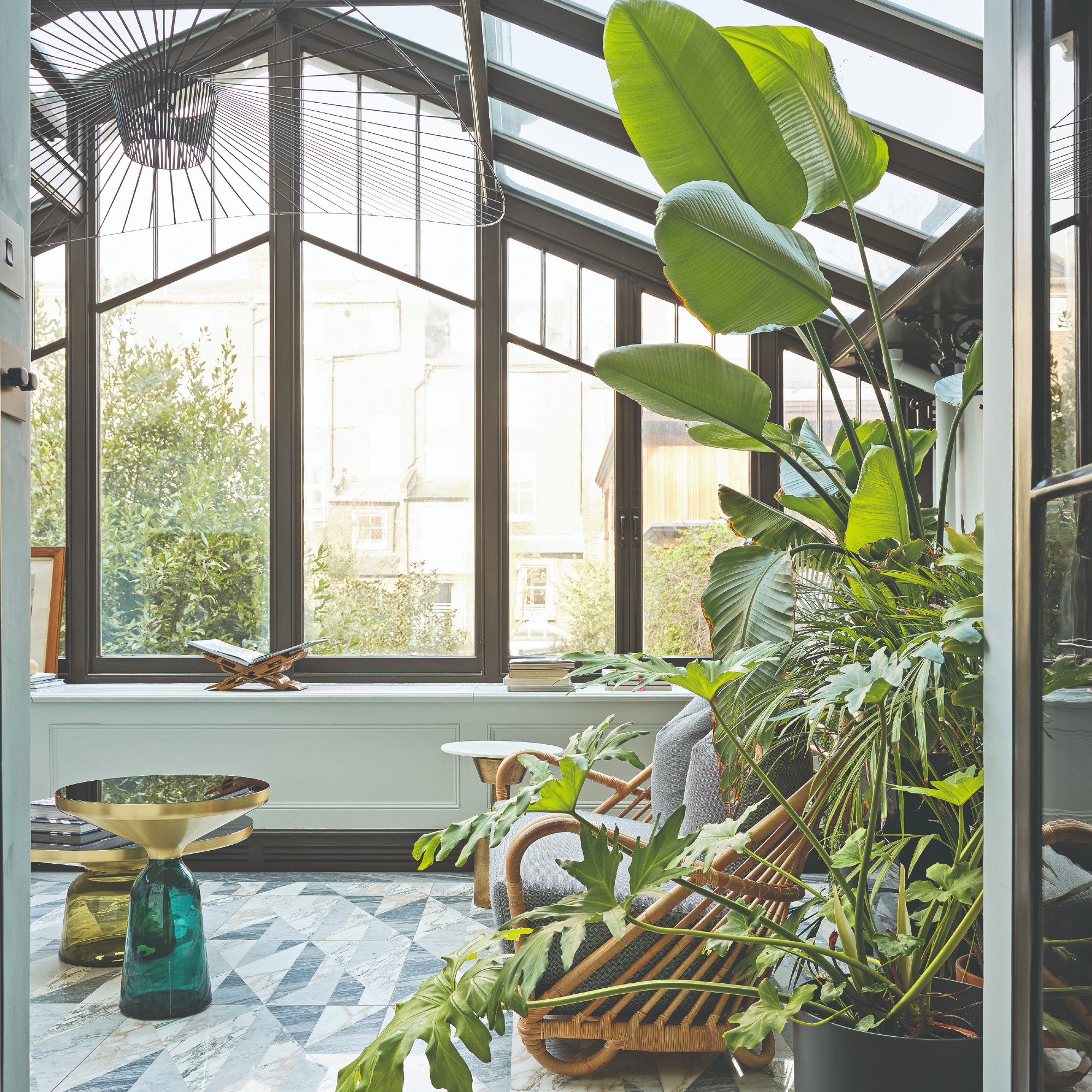
What is root pruning good for?
There are three main reasons why you might want to root prune your best indoor plant.
Get the Ideal Home Newsletter
Sign up to our newsletter for style and decor inspiration, house makeovers, project advice and more.
‘If your container plant is root-bound or growing too vigorously for your liking, it may be suitable for root pruning,’ Petar sums up the first two reasons.
Steve Chilton, garden expert at LeisureBench, elaborates, ‘Making sure your plant doesn't become root-bound (when the roots completely fill up the pot that the plant's in) is essential, as root-bound plants generally can't grow any more. This is the primary reason why someone might want to prune the roots of their houseplants.’
He continues, ‘Controlling your plant's size and growth is also important (especially in the home) as it prevents plants from outgrowing their space. By root pruning, you can limit the overall size of the plant and ensure it remains in proportion to its container, and to your home.’
The third and final reason is to contribute to your plant’s healthy root development.
‘It also helps promote healthy root development by stimulating new growth and therefore creating stronger roots overall. The healthier and stronger the roots, the more efficient water and nutrient absorption will be. This in turn prevents root rot, which can be a major concern for houseplants,’ Steve says.

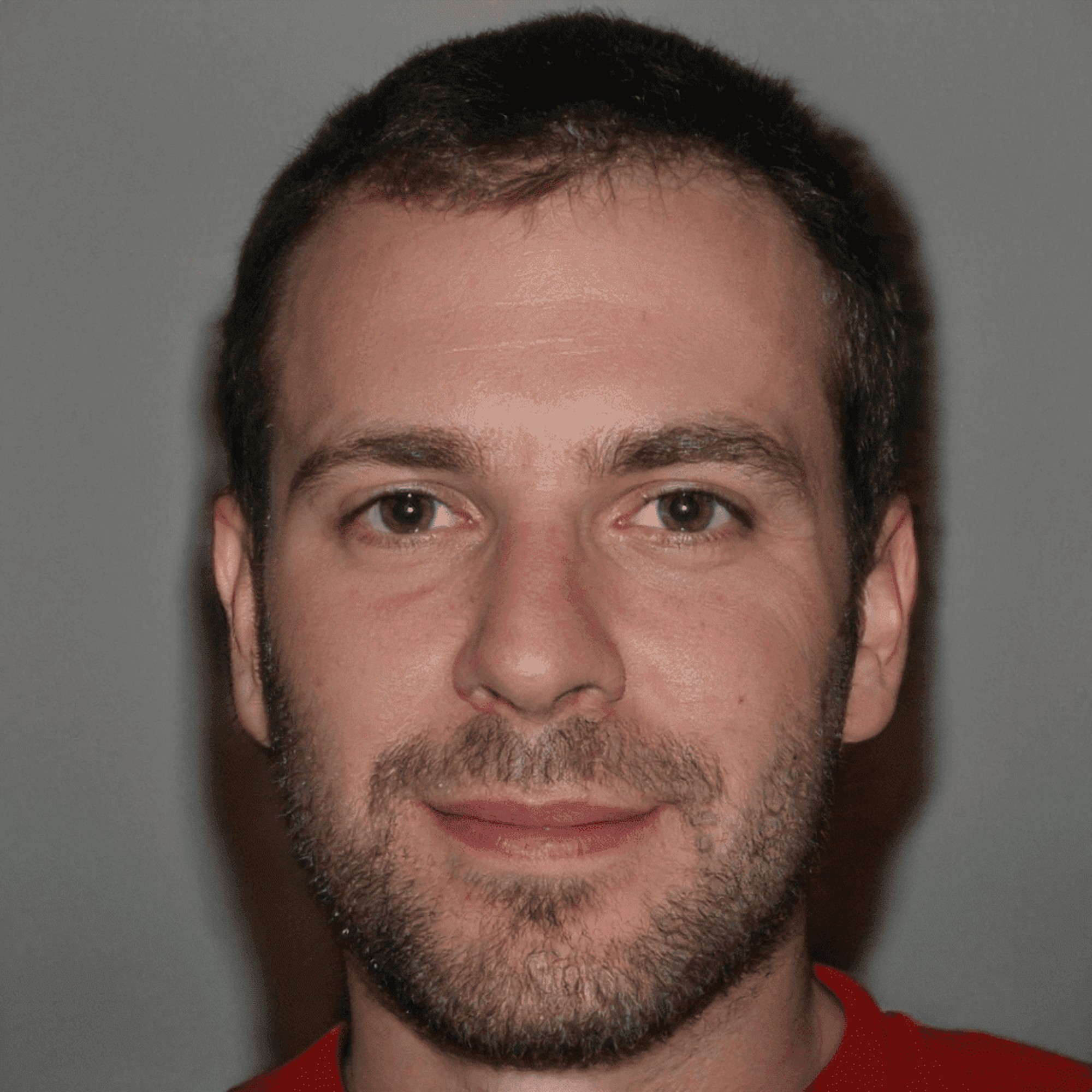
Steve is a passionate and knowledgeable garden expert with several years of experience within the field. As the director of LeisureBench, an industry-leading garden furniture company, Steve has developed strong expertise for all things nature and plants.
What you'll need
- Pruning shears like these ones from Amazon or a budding knife like this one from Amazon
- Fresh soil like this one from Amazon
How to prune your houseplant’s roots?
If you want to give root trimming a go then there are some guidelines you need to follow. While adopting the technique of @mariahgrows and just slicing off the bottom layer of your plant’s bound roots is one way, there is a safer method to do this as recommended by pros.
‘To correctly root prune, you need to first carefully remove the plant from its pot,’ Steve explains. ‘Loosen the root ball and use clean shears to trim away any dead and damaged roots. Then remove any excessively long roots.’
Then finish up by repotting the plant in fresh soil.

FAQs
Is root pruning necessary?
Root pruning your houseplants isn’t necessary unless your plant is root-bound, outgrowing its pot or your space or showing signs of poor root development.
How much root to cut off?
‘Remove a third of the total amount of root, evening out the amount of foliage and root,’ Steve advises. ‘Be really careful not to over-prune here as this could prevent the roots from taking in any new nutrients.’
Pruning shears (or knife) at the ready then!

Sara Hesikova has been a Content Editor at Ideal Home since June 2024, starting at the title as a News Writer in July 2023. She is now also the Ideal Home Certified Expert in Training on Furniture, and so far has tested 80 different sofas.
Graduating from London College of Fashion with a bachelor’s degree in fashion journalism in 2016, she got her start in niche fashion and lifestyle magazines like Glass and Alvar as a writer and editor before making the leap into interiors, working with the likes of 91 Magazine and copywriting for luxury bed linen brand Yves Delorme among others.
-
 My go-to Ninja coffee machine is on sale for Easter weekend
My go-to Ninja coffee machine is on sale for Easter weekendIt makes coffee shop quality achievable at home
By Molly Cleary
-
 When to plant out annual flowering plants for vibrant, colourful garden borders – and give them the best start, according to experts
When to plant out annual flowering plants for vibrant, colourful garden borders – and give them the best start, according to expertsNot sure when to plant out annual flowering plants? We've got you covered...
By Kayleigh Dray
-
 I'm a kitchen decor editor and didn't like this tableware trend - until I saw H&M Home's designer-look plates
I'm a kitchen decor editor and didn't like this tableware trend - until I saw H&M Home's designer-look platesThey made it easy to justify a new crockery set
By Holly Cockburn